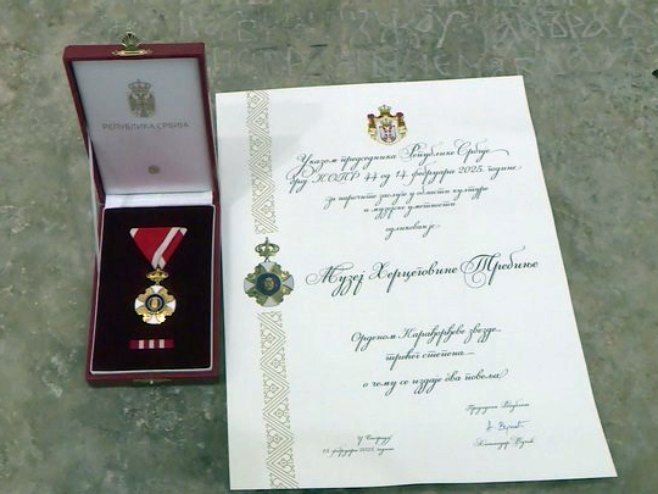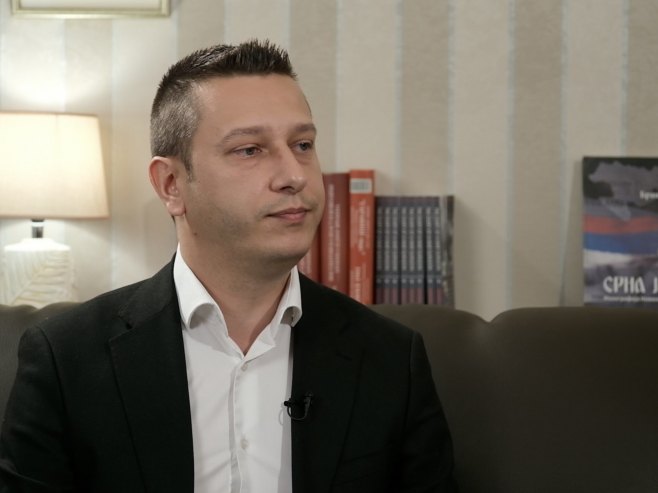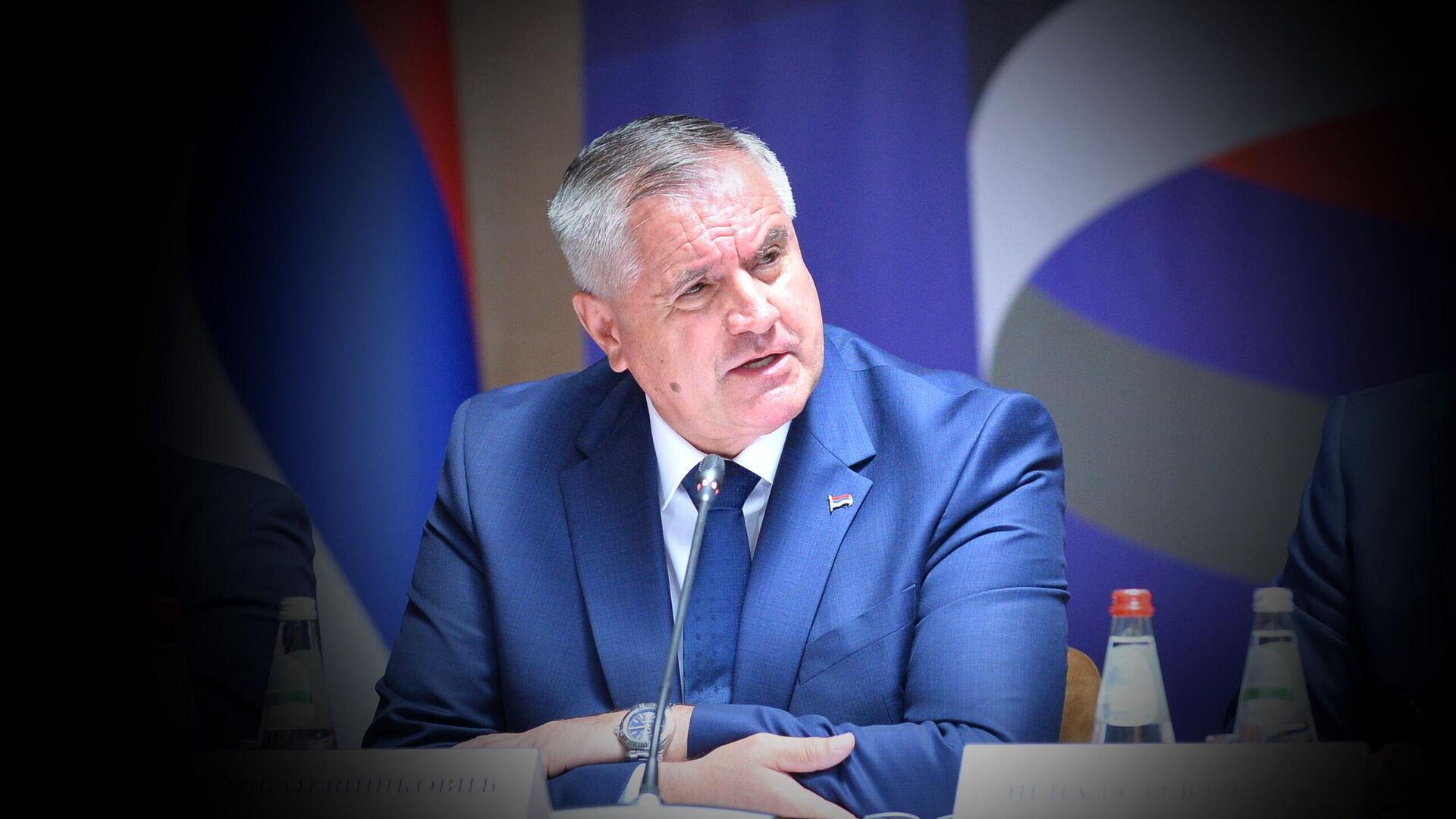After being awarded the Order of Njegoš, Third Class last year on January 9, the Museum of Herzegovina in Trebinje has now received another prestigious recognition—the Order of Karađorđe, Third Class. The award was presented on Sretenje, Serbia’s Statehood Day, making it the only museum institution from Republika Srpska to receive this honor.
The museum’s small but dedicated team expressed pleasant surprise at receiving such recognition, emphasizing that their work in the museum sector and cultural preservation has been acknowledged beyond Srpska.
This award carries special significance as it comes from Serbia, coinciding with the 90th anniversary of poet and diplomat Jovan Dučić’s pledge to his hometown of Trebinje to establish a museum institution.
A Legacy rooted in history
In 1935, Dučić donated numerous artifacts to his birthplace, later contributing to the museum’s permanent collection. The Museum of Herzegovina was officially founded in 1952 as a complex-type institution housing archaeological, historical, natural science, ethnological, and art history departments.
“If we talk about the statehood of the Serb people, we must go back to the medieval period, to the time of Saint Sava, the Travunija region, the Kosača dynasty, and other ruling families who governed from Trebinje,” said Ivana Grujić, director of the Museum of Herzegovina.
A recognition that fuels enthusiasm
For the museum’s curators, the Order of Karađorđe serves as an even greater motivation to continue their work with dedication and passion.
“This award is a reason to work even harder, with great enthusiasm and love,” said Božana Đuzelović, one of the museum’s curators. She added that commitment to their work is recognized both by institutions and visitors.
“Our motivation primarily comes from the love for what we do and the love for our people. When those two things combine, they provide strength and energy,” Đuzelović emphasized.
Petar Milošević, historian and curator at the Museum of Herzegovina, pointed out that visitors are especially interested in ethnology, wanting to learn how people lived a hundred or more years ago, as well as in natural sciences.
A cultural and historical mission
In addition to its museum activities, the Museum of Herzegovina frequently hosts cultural events, as the two fields are inseparable.
“All museum exhibits are products of artistic creativity—they are small works of art that hold historical value. However, when placed in a cultural and historical context, they help us present a society, a people, or a specific locality,” explained Ivana Grujić.
The museum’s team is preparing for new research projects, including archaeological displays in authentic settings. This recognition is not only an obligation for them but also a responsibility for its founders—the Ministry of Culture and the City of Trebinje—to further support the institution’s mission.
Source: RTRS









